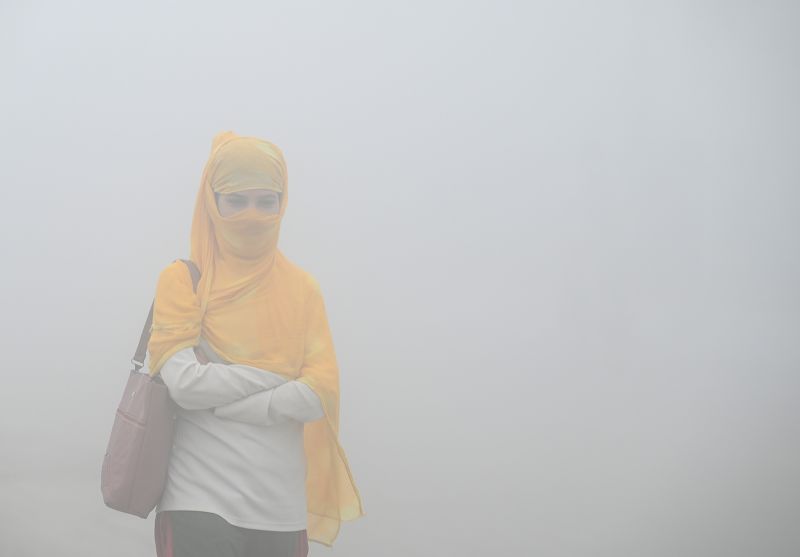
Gasping for Air: Surviving in the World’s Most Polluted City
Body:
Delhi, the bustling capital of India, consistently tops the charts as the most polluted city on Earth. The city’s air pollution levels consistently reach measurements that are 20 times what the World Health Organization (WHO) deems safe. For Delhi’s 21 million residents, these numbers translate into tangible health and quality of life issues. The local idiom it’s impossible to breathe is more than simply a hyperbolic statement; at times it is a harsh reality.
Delhi’s daily routine begins with a shroud of grey haze that blankets the city in a lethal cocktail of dust, smoke, and vehicle emissions. The harmful tiny particulate matters, PM2.5 and PM10, hang low in the air due to moisture, cold temperatures, and lack of wind, causing visibility issues. Besides, the city’s cycle of agriculture, industry, and traditional cooking methods exacerbates the pollution.
Air pollution in Delhi amplifies each winter, during the crop-burning season. Farmers in the neighboring states Punjab and Haryana burn off the remnants of the previous season’s crops to prepare their fields for the next planting. The practice, illegal yet widespread, sends smoke filled with harmful particulate matter indiscriminately into the atmosphere, much of it ending up in Delhi.
Furthermore, Delhi’s fast-growing industrial sector and burgeoning vehicle population also significantly contribute to the pollution crisis. On any given day, Delhi’s streets are host to about 10 million vehicles, many of them running on diesel and contributing considerably to the PM2.5 levels.
Amidst it all, families and individuals must continue with their daily lives. Striking images of residents and workers navigating the smog-choked streets wearing masks and scarves, children playing in smog-enveloped playgrounds, homeless people shrouded in haze, underscore the magnitude of the problem.
The lack of clean air has led to a dramatic increase in health problems among Delhi’s inhabitants. Exposure to these high pollution levels has led to a surge in respiratory and cardiovascular problems, particularly among children and the elderly. Hospitals see a vast increase in patients with pneumonia, asthma, bronchitis, and other respiratory problems during winter months, when pollution peaks.
Nonetheless, Delhi’s situation is not utterly hopeless. The seriousness of Delhi’s air pollution problem has started to bring about changes in policy and public awareness. Measures to counteract pollution, such as the banning of crop burning, implementation of odd-even car usage rules, and restrictions
